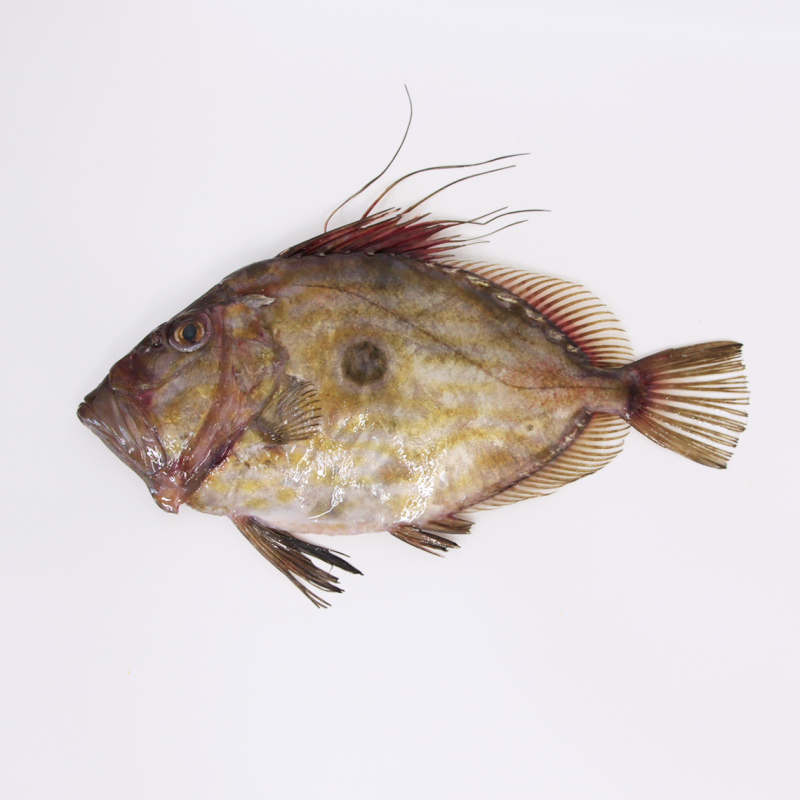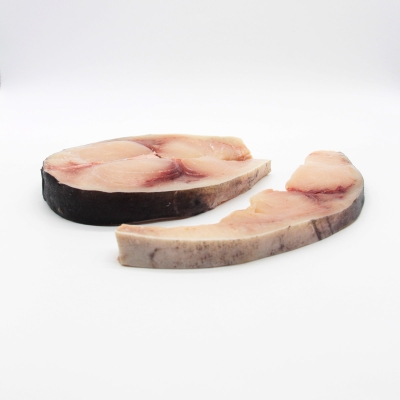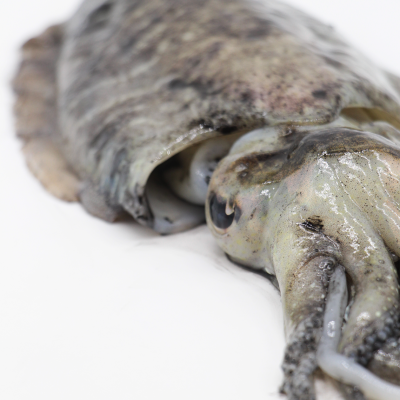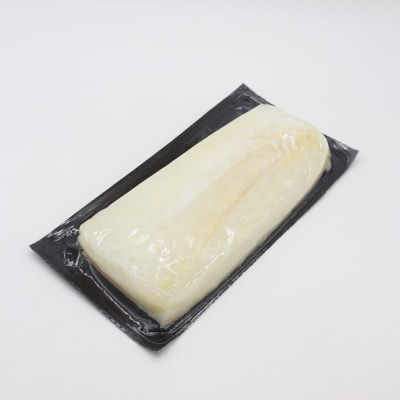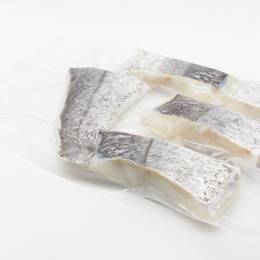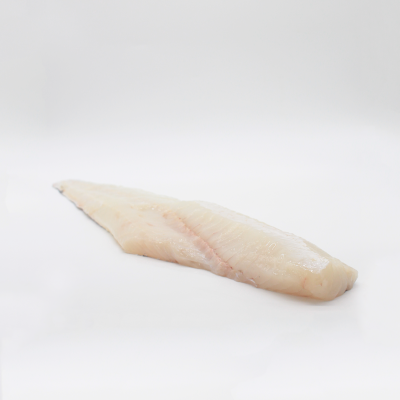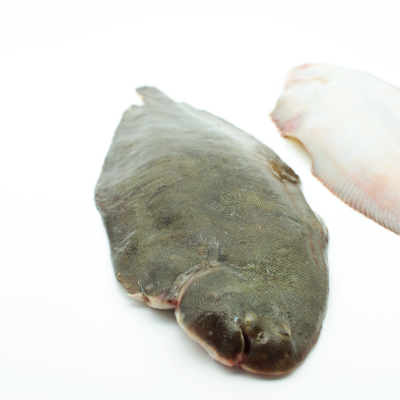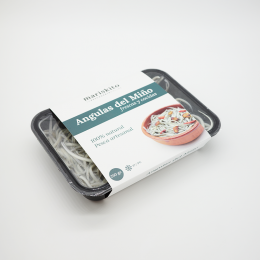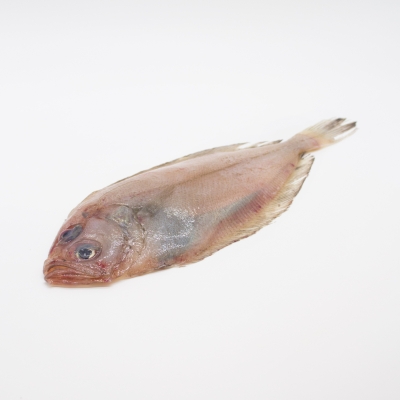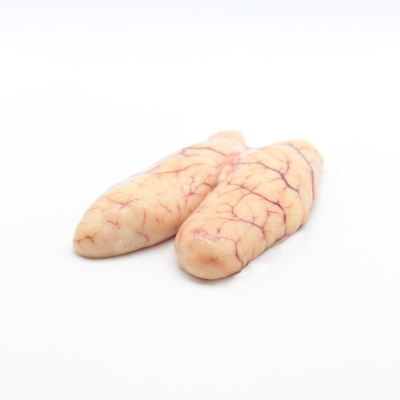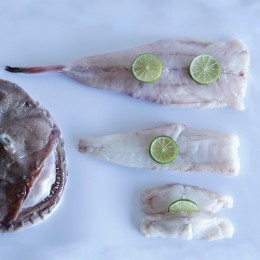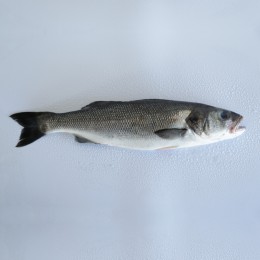John Dory (Zeus faber) inhabits the waters of the Mediterranean and the Atlantic. It’s found in depths of between 30 and 200 metres. It prefers rocky bottoms, although it can be found in underwater meadows and sandy seabeds too.
The John Dory name (the most common of the many it goes by) has many disputed origin stories, but the black spots on its side are said to have been created when Peter, the first of Christ’s apostles, dropped a coin in the water while out fishing. The coin was caught by a fish, and when he reached in to retrieve the coin, he left finger-marks on the fish. Hence, it was touched by a saint, and also goes by the name of St Peter’s fish (or San Pedro in Spanish).
It’s a tall, compressed-bodied fish with a very large head and no scales, except on the lateral line. It has bones next to the abdomen and very long rays on its dorsal fin. Golden or grey-green in colour, it also has a black spot in the centre of its body and on both sides.
John Dory is a semi-fatty fish, low in fat and cholesterol, and popular on low-calorie and low-fat diets. It has a high vitamin (B6 and B9) and mineral (phosphorus, potassium, magnesium and iodine) content, similar to other white or semi-fatty fish.
John Dory should be carefully cleaned by the lateral bones. It’s best cut into fillets, removing all the bones, then battered and fried. Its meat is firm and tasty, and it works great with white fish sauces. It’s also commonly enjoyed in caldeirada stews, or simply baked.
Name: John Dory (Zeus Faber)
FAO 3-alpha code: JOD
Area of capture or farming: FAO-27
Sub-area: To be specified at time of delivery
Method of production: Captured
Fishing gear: Gill nets and similar
Store between: 0-4°C
IMPORTANT: The net quantity and expiry date of the product shall be specified at the time of delivery.
